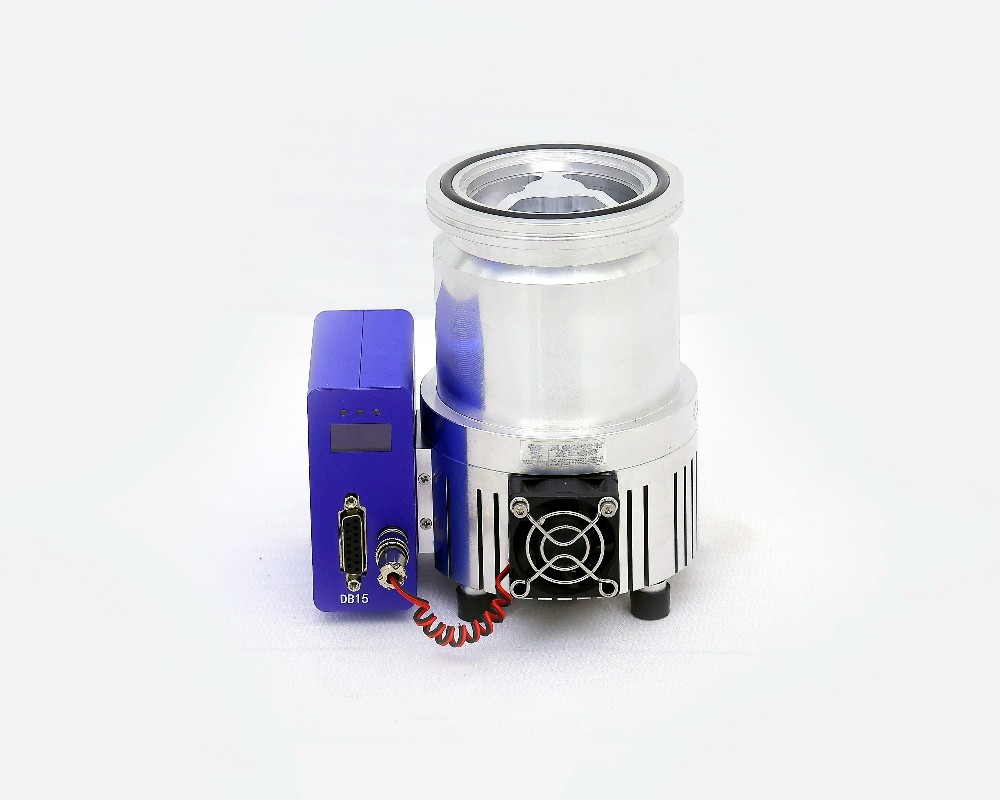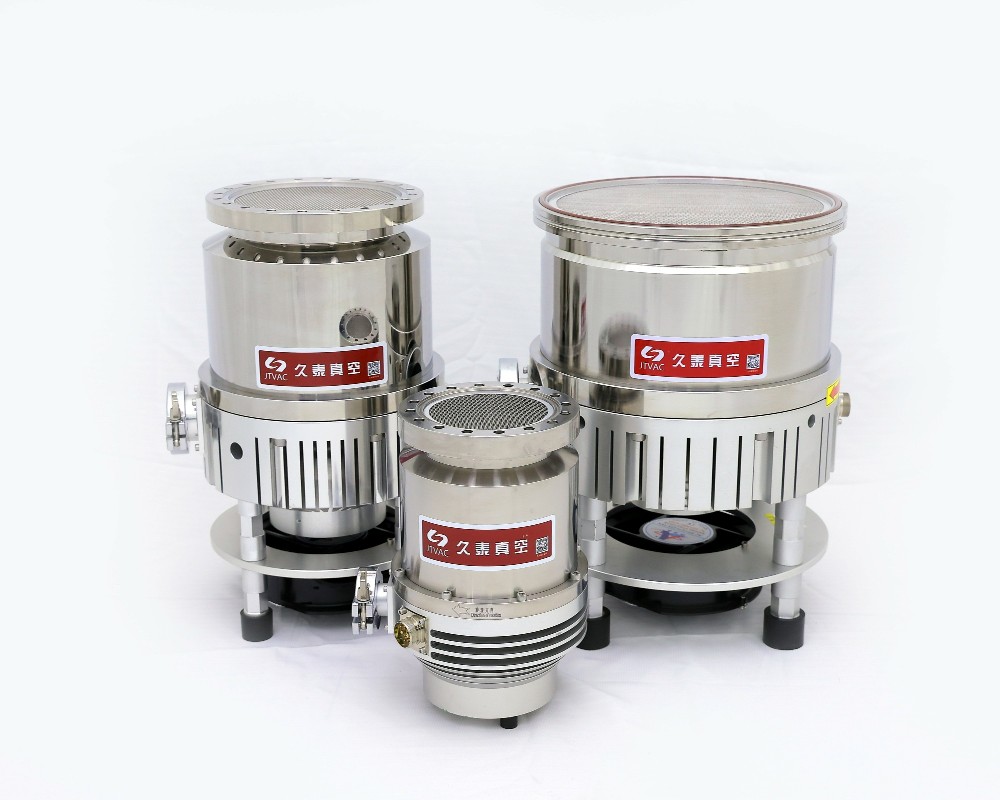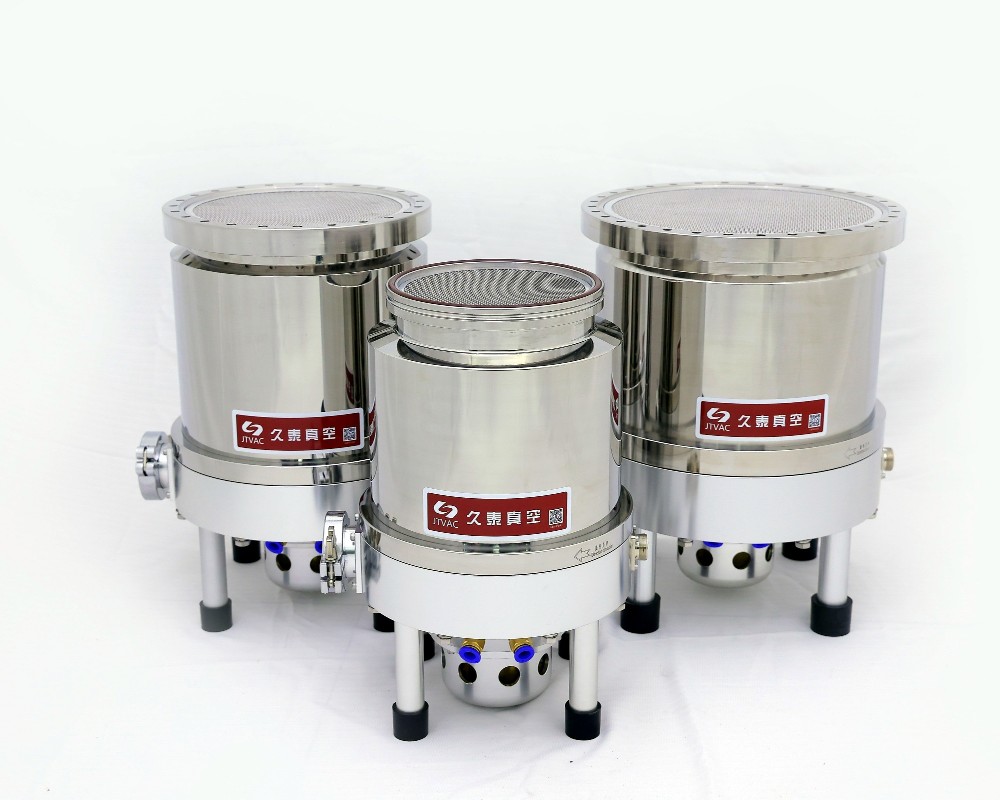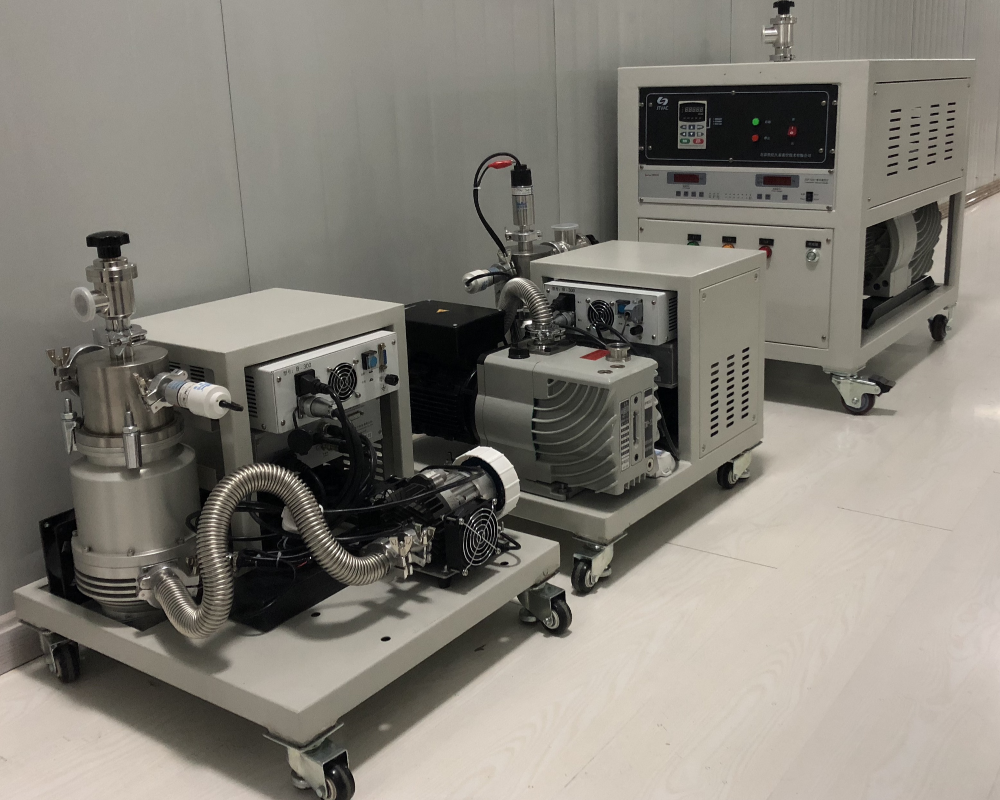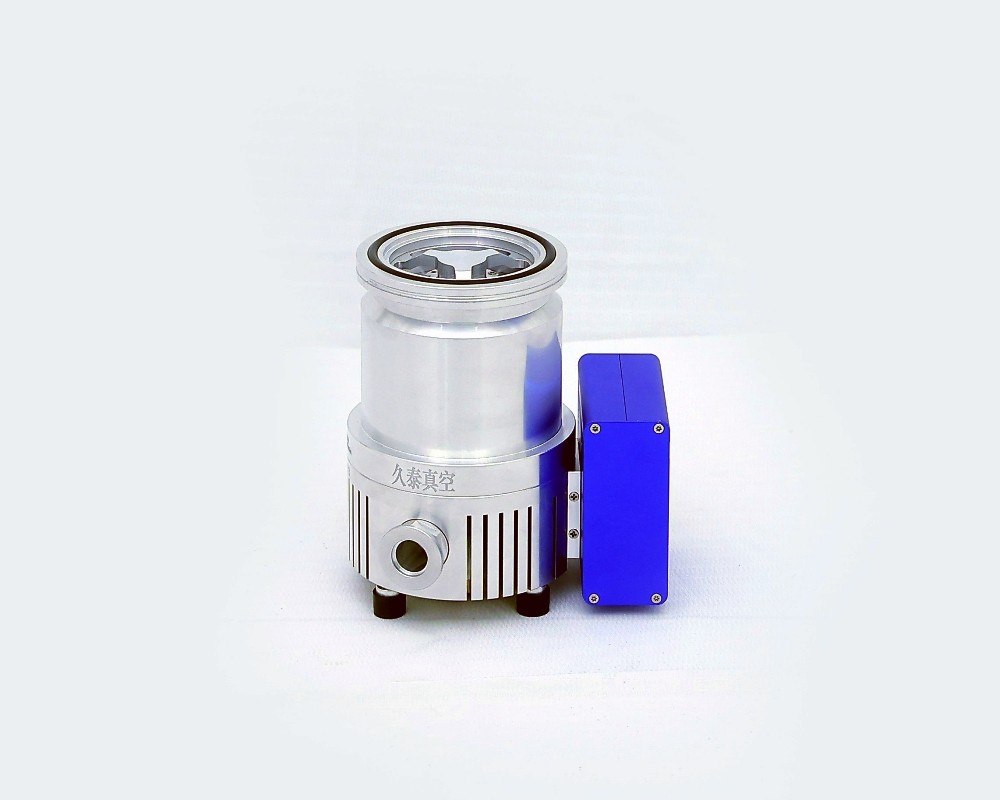Introduction
Vacuum technology is a critical enabler of cutting-edge advancements across various fields. From high-precision manufacturing to fundamental scientific research, its applications are ever-expanding. This article explores the future prospects of vacuum, high vacuum, and ultra-high vacuum (UHV) technologies, highlighting anticipated developments and their implications for industry and science.
Advancements in Vacuum Technology
1. High Vacuum
Increasing demand for high vacuum conditions in industrial applications such as metallurgy and thin-film coating.
Innovations in rotary and dry pumps to improve energy efficiency and reduce operational costs.
2. Ultra-High Vacuum (UHV)
UHV environments are crucial for particle physics experiments and advanced material analysis.
Emerging techniques, such as non-evaporable getter (NEG) technology, are revolutionizing the way UHV levels are achieved.
Future Trends and Opportunities
1. Integration with Smart Systems
Adoption of Internet of Things (IoT) technology in vacuum systems for real-time monitoring and predictive maintenance.
2. Environmental Sustainability
Development of green technologies to reduce energy consumption and enhance the sustainability of vacuum processes.
3. Expanding Applications
Growing use in emerging fields such as quantum computing and renewable energy storage.
Challenges Ahead
Addressing the high cost of achieving UHV conditions while maintaining system stability.
Overcoming material limitations to withstand extreme vacuum environments.
Conclusion
The trajectory of vacuum technology development is set to redefine the boundaries of science and industry. With sustained innovation and strategic collaboration, the potential of high and ultra-high vacuum technologies will continue to unlock new frontiers.

 中文版
中文版 English
English